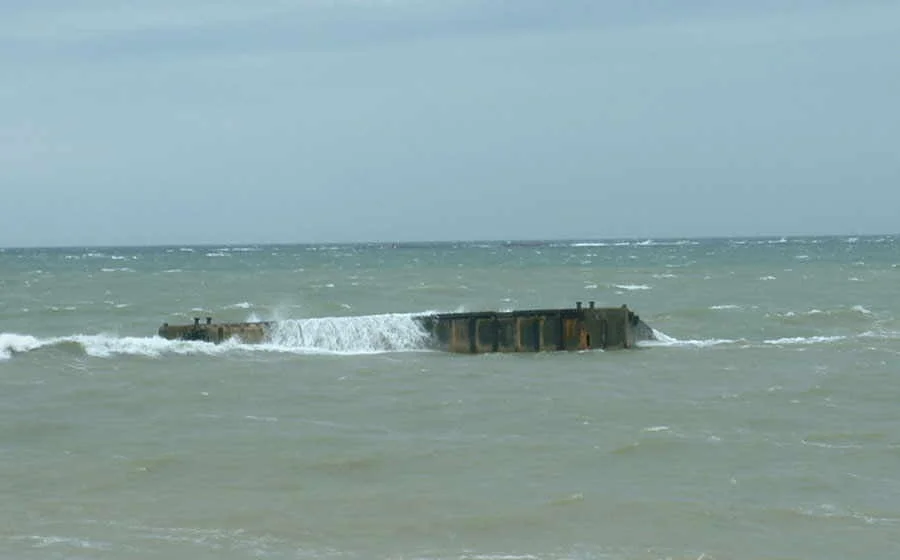-
We are implementing a new rule regarding the posting of social media links and Youtube videos, the rule is simple if you are posting these links please say something about it rather than just dropping what we call a "drive by Link", a comment on your thoughts about the content must be included. Thank you










